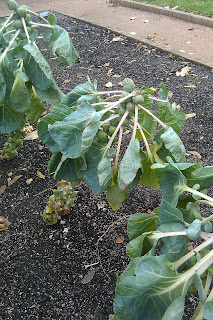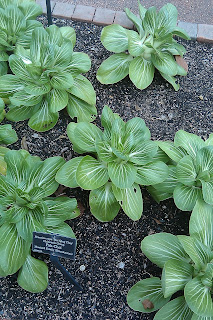I just finished a completely fascinating book about what scientists think about the human brain. It's called
Incognito: The Secret Lives of the Brain, written by David Eagleman, a neuroscientist at Baylor College of Medicine. The book summarizes the latest ways of conceiving of and explaining the functions of the human brain. It's a completely captivating science book and manages to also be a quick, easy read - I recommend it to everyone who has a brain.
Among neuroscientists, there is considerable debate about what consciousness is and whether other animals have it. Dr. Eagleman wrote a compelling explanation about why humans have consciousness and who else might have it. To explain, I'll need to start with a little background.
Animals have nervous tissue, the tissue for communicating information from one area of the body to another. For animals like this scud, the nervous system is composed of a few neurons (cells) that can sense and carry information, as best we can tell. The information carried in these neurons appears to be simple, like "there is more salt in the water ahead".
 |
| Scud captured in pond water (40x magnification) |
It's impossible for humans to know what it feels like to be a scud, but people who study scuds are almost certain they are not conscious. Scuds show evidence of a what Eagleman describes as modules or programs for conducting specific behaviors. In the scud, such modules would be genetically programmed behaviors such as "swim away from the light" and "chew on rotten organic matter". The scuds don't have choices, and they can't modify their behavior - each behavior is either done or it isn't, and there is a clear way of prioritizing behaviors so the scud doesn't have to think about it (because it can't think).
Organisms with a wider variety of behaviors have many modules for solving problems. For example, a squirrel can eat many types of foods, and they can search for foods in many ways. Consciousness starts to become necessary as a way of deciding which program to run in which circumstance. Squirrels may have rudimentary consciousness, since they can choose to hunt acorns or raid the bird feeder. Nevertheless, squirrels don't seem to be able to recognize themselves in mirrors or solve math problems.
 |
| A fat squirrel peeking out from behind a tree in Lincoln Park. |
The more redundancy and plasticity in behavior types a species has, the greater the need for consciousness. Humans have enormous behavioral variety, so we need consciousness to figure out which behaviors we're going to do when (should I hunt for food at Trader Joe's or Dominicks?).
Eagleman also points out that just because we have consciousness, doesn't mean we need to use it very often. For activities we have learned, we have committed those skills to the comparably vaster unconscious part of our brain. Have you ever driven across town then wondered how you managed to get there since you don't remember any stop lights or roads? That wouldn't happen if you were driving a new route. The apparent amnesia is a sign that you have learned the route so well your unconscious brain can handle it and let your conscious brain do other things, like learn a new song on the radio or talk to your mom on the phone. If the routine deviates from normal, for example if a car swerves in front of you or there is a blocked road, your conscious brain takes over and figures out what to do - and you don't forget to tell your friends about the road block or near accident.
Conscious activities are usually new activities. When you are learning something new and doing something new, you notice so much more about the world, and time seems to go more slowly, since there is a lot more 'happening' in a conscious period of time. Unconscious activities, like being zoned out while jogging or working or chopping onions, etc., kill a lot of time quickly without you noticing it has passed. So the trick to getting through boring activities like waiting in line is either to zone out somehow or to turn it into a new experience. If you want to slow down time and live a longer life (at least a seemingly longer one), have a wider variety of experiences.
Eagleman claims there are degrees of consciousness, which makes me wonder what consciousness would be like if I had an even more complex brain.










